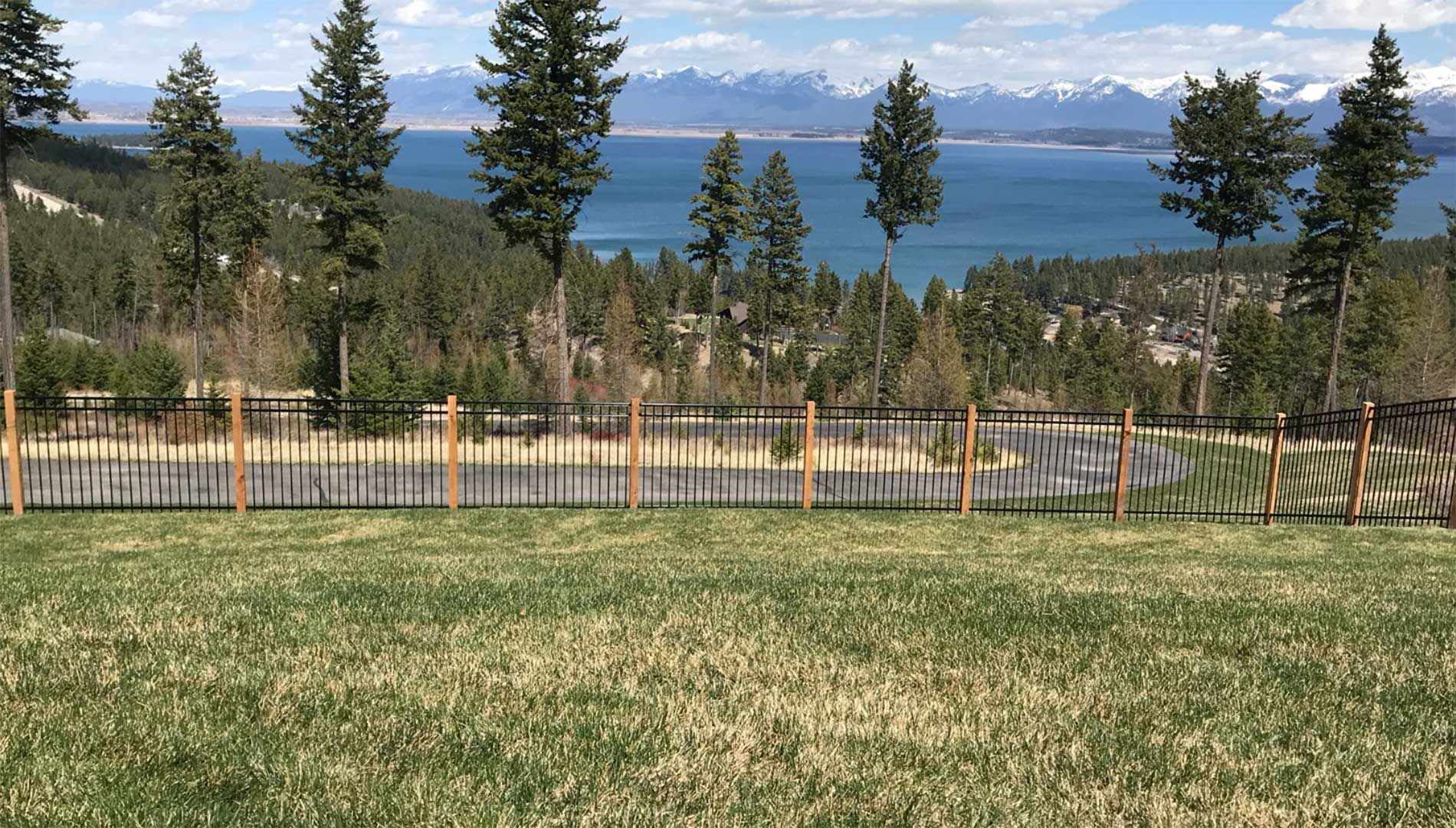Installing continuous panel fencing can be easy—if you steer clear of these common mistakes.
1. Inadequate Site Preparation
Proper site preparation is essential for a smooth installation. Skipping this step can lead to uneven fencing and long-term issues. Common mistakes include:
- Failing to clear debris and vegetation from the site.
- Not leveling the ground properly before installation.
- Ignoring soil testing to ensure stable post placement.
Tip: Take the time to prepare the site thoroughly to avoid costly adjustments later.
2. Measurement Errors
Accurate measurements are the foundation of a successful fence installation. Errors here can lead to wasted materials and uneven sections. Key issues include:
- Not measuring the entire perimeter of the fence line.
- Failing to account for gates and access points.
- Misjudging panel spacing or post placement.
Tip: Double-check all measurements and create a detailed plan before starting.
3. Choosing Cheap Materials
It’s tempting to save money by opting for cheaper materials, but this can backfire with higher long-term costs for repairs and replacements. Here’s what to avoid:
- Using untreated or low-grade metal panels prone to rust.
- Choosing subpar hardware that weakens over time.
- Opting for cheaper finishes that don’t withstand harsh weather.
Tip: Don’t compromise on materials—spend a little more for high-quality options that will last longer.

4. Not Checking Local Fencing Codes
Local regulations are crucial when installing a fence. Failing to comply can lead to penalties or the removal of your fence. Some common mistakes are:
- Failing to check zoning laws and property boundaries.
- Skipping permit applications where required.
- Violating height restrictions or setback requirements.
Tip: Don’t skip zoning checks or permits—consult with local authorities to avoid problems.
5. Best Practices for Installing Continuous Panel Fencing
These tips will help you install your continuous panel fence successfully, avoiding the common pitfalls:
- Plan Ahead: Create a detailed installation plan, including measurements and materials.
- Use the Right Tools: Make sure you’ve got all the tools you need—post-hole diggers, levels, and drills are key.
- Work with Professionals: Don’t hesitate to seek expert help if you’re uncertain at any stage of the installation.
- Inspect as You Go: Monitor your work as you go to avoid errors and make timely corrections.
In Conclusion
Avoiding these common mistakes will ensure a smooth installation, resulting in a durable and attractive fence. Need help? Contact Montana Fence for guidance and professional installation services.